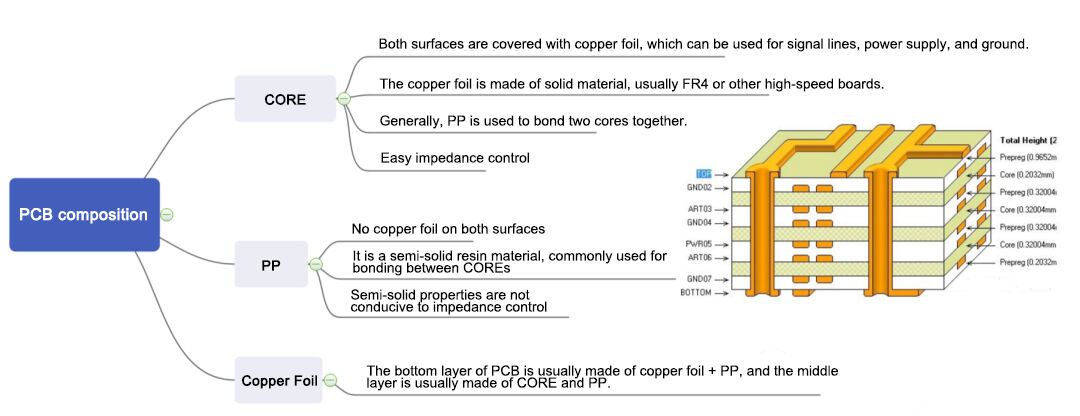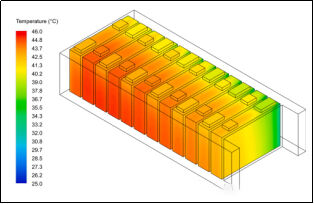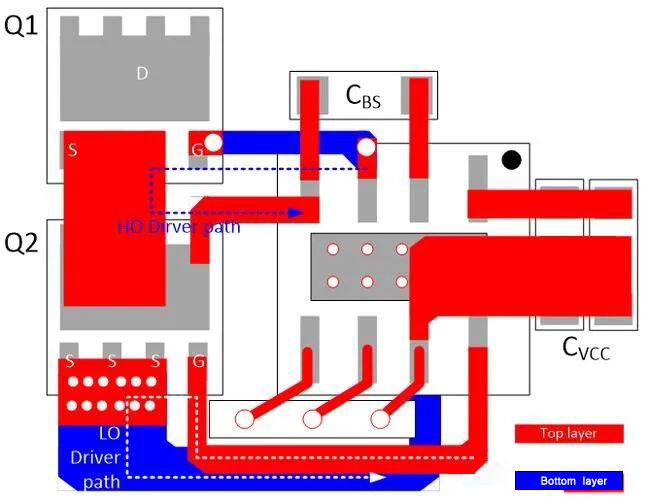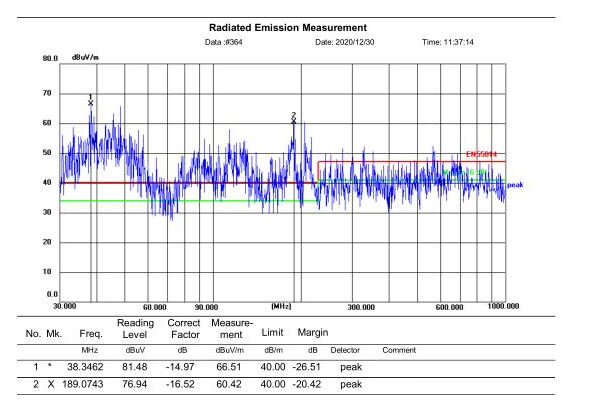In today's world, the fields of clean energy and energy storage are rapidly emerging, and the energy storage market is in a period of vigorous development. This trend has been further accelerated by the popularity of renewable energy and the emergence of the electric vehicle industry. With the sharp rise in market demand, the importance of energy storage PCB (Printed Circuit Board) has become increasingly prominent. Energy storage PCB plays a vital role in energy storage systems. It connects, controls and protects the battery system, which directly affects the performance and reliability of the system. From the perspective of PCB design and manufacturing, this article discusses the key elements in energy storage PCB design and manufacturing, combined with PCB design specifications to meet the growing needs of the energy storage market.
1. Material selection and sustainability
Material selection is crucial in the design and manufacturing process of energy storage PCBs. Environmentally friendly materials that meet the requirements of RoHS (Restriction of Hazardous Substances Directive) are encouraged to reduce the negative impact on the environment. In addition, the materials should have high temperature stability and chemical stability to ensure that the energy storage PCB can operate stably under various environmental conditions. Sustainability is an important keyword in modern manufacturing, and choosing sustainable materials will contribute to the long-term sustainability of energy storage systems.
2. PCB hierarchy design
It is recommended to adopt a multi-layer PCB design to provide more wiring layers and ground layers. This helps to reduce resistance, inductance and noise, and improve the anti-interference ability of the PCB. In the energy storage system, the stable transmission of signals is crucial, so a reasonable PCB hierarchy design is very necessary.

3. Thermal Management
Energy storage PCBs may generate a lot of heat at high currents, so thermal management is a critical consideration. Appropriate heat dissipation measures such as heat sinks or heat sinks are recommended to ensure that the PCB does not overheat. In addition, it is also very important to consider the choice of thermal conductive materials to ensure that heat can be effectively transferred and dissipated to maintain the system's temperature within a safe range.

4. High current design
High current is quite common in energy storage systems. Therefore, in PCB design and manufacturing, the current path should be reasonably planned to reduce resistance and inductance. This can be achieved by increasing the thickness of copper, increasing the width of the wire, and reducing the length of the current path. In addition, sufficiently large pads and through-holes are used to accommodate high current connections to ensure the stability of current transmission.

5. EMC Design
Electromagnetic compatibility (EMC) is a key aspect of energy storage PCB design and manufacturing. EITAI's PCB design specifications emphasize the use of shielding and filtering measures to reduce the impact of electromagnetic interference. This is essential to ensure the stable operation of the energy storage system and interoperability with other electronic devices.

6. Safety
Energy storage systems usually involve large-capacity batteries, so safety is the primary consideration in design and manufacturing. EITAI recommends multiple protection measures, including overvoltage protection, overcurrent protection, and temperature monitoring. In addition, safety switches and circuit breakers on the PCB are also necessary so that the power can be quickly cut off in the event of a fault to ensure the safety of the system and operators.
7. Maintainability
Energy storage systems need to operate stably for a long time, so the maintainability of the PCB is also crucial. EITAI recommends a modular design so that it is easier to replace or repair the PCB when necessary. In addition, the layout of components on the PCB should be reasonably considered so that operators can easily perform maintenance, thereby reducing downtime.
8. Automated production
In EITAI's PCB manufacturing process, the application of automated production is very important. Automated production can improve production efficiency and product consistency while reducing the occurrence of human errors. Therefore, in the manufacture of energy storage PCBs, the use of automated processes should be given priority to ensure high-quality manufacturing.
9. Testing and verification
Last but not least, EITAI emphasizes the establishment of a sound testing and verification process. In the manufacture of energy storage PCB, multiple levels of testing such as prototype testing, electrical performance testing and reliability testing should be carried out to ensure the stability and performance of PCB.
Overall, the design and manufacture of energy storage PCBs need to comprehensively consider multiple factors such as material selection, PCB hierarchical structure design, thermal management, high current design, EMC design, safety, maintainability, automated production and testing and verification. Following EITAI's PCB design specifications will help ensure the reliability and performance of PCBs in energy storage systems. The booming energy storage market has brought huge opportunities for PCB design and manufacturing, but it also requires expertise and sophisticated manufacturing to meet the challenges of future energy demand. Only through reasonable design and specification compliance can energy storage PCBs make an important contribution to our sustainable future energy.
EITAI is committed to providing customers with high-reliability multi-layer board manufacturing and patch processing services from design to PCB. PCB boards mainly produce high-precision circuit boards such as high-layer and HDI. EITAI can seamlessly solve all PCB problems for customers from design to production, and complete the series of problems such as data review required for production in advance when the design is about 80% completed, which can greatly save the PCB product cycle and is more conducive to quickly occupying the market.